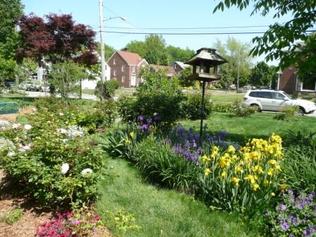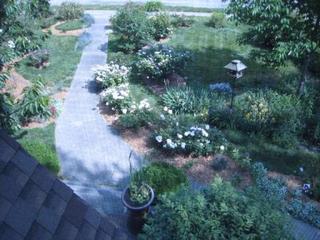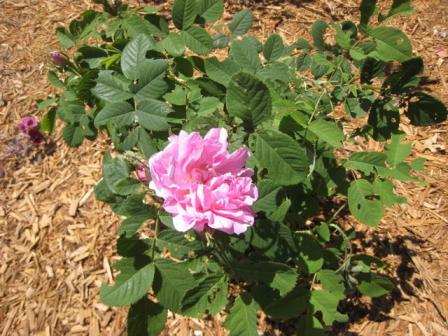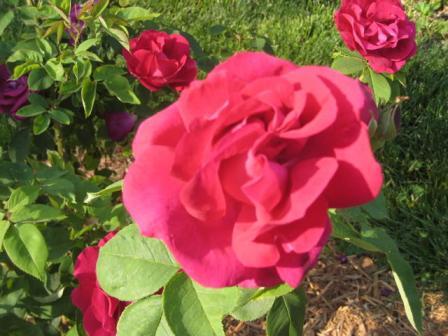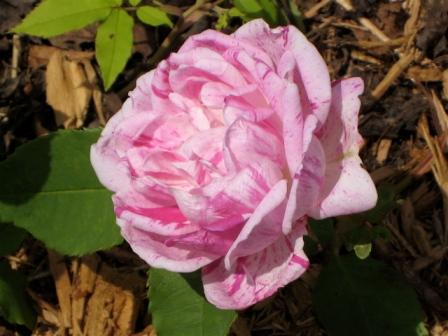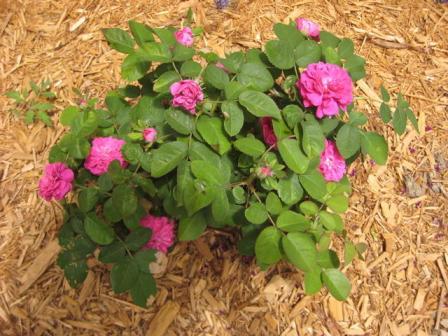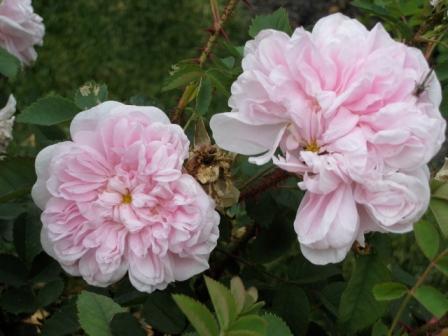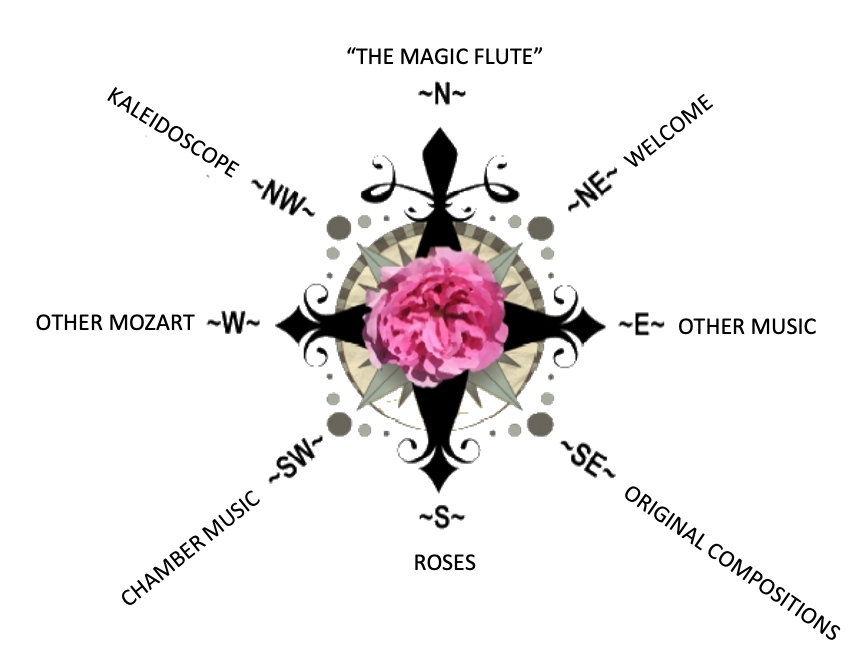- Home
- N - The Magic Flute
- NE - Welcome!
-
E - Other Music
- E - Music Genres >
- E - Composers >
-
E - Extended Discussions
>
- Allegri: Miserere
- Bach: Cantata 4
- Bach: Cantata 8
- Bach: Chaconne in D minor
- Bach: Concerto for Violin and Oboe
- Bach: Motet 6
- Bach: Passion According to St. John
- Bach: Prelude and Fugue in B-minor
- Bartok: String Quartets
- Brahms: A German Requiem
- David: The Desert
- Durufle: Requiem
- Faure: Cantique de Jean Racine
- Faure: Requiem
- Handel: Christmas Portion of Messiah
- Haydn: Farewell Symphony
- Liszt: Évocation à la Chapelle Sistine"
- Poulenc: Gloria
- Poulenc: Quatre Motets
- Villa-Lobos: Bachianas Brazilieras
- Weill
-
E - Grace Woods
>
- Grace Woods: 4-29-24
- Grace Woods: 2-19-24
- Grace Woods: 1-29-24
- Grace Woods: 1-8-24
- Grace Woods: 12-3-23
- Grace Woods: 11-20-23
- Grace Woods: 10-30-23
- Grace Woods: 10-9-23
- Grace Woods: 9-11-23
- Grace Woods: 8-28-23
- Grace Woods: 7-31-23
- Grace Woods: 6-5-23
- Grace Woods: 5-8-23
- Grace Woods: 4-17-23
- Grace Woods: 3-27-23
- Grace Woods: 1-16-23
- Grace Woods: 12-12-22
- Grace Woods: 11-21-2022
- Grace Woods: 10-31-2022
- Grace Woods: 10-2022
- Grace Woods: 8-29-22
- Grace Woods: 8-8-22
- Grace Woods: 9-6 & 9-9-21
- Grace Woods: 5-2022
- Grace Woods: 12-21
- Grace Woods: 6-2021
- Grace Woods: 5-2021
- E - Trinity Cathedral >
- SE - Original Compositions
- S - Roses
-
SW - Chamber Music
- 12/93 The Shostakovich Trio
- 10/93 London Baroque
- 3/93 Australian Chamber Orchestra
- 2/93 Arcadian Academy
- 1/93 Ilya Itin
- 10/92 The Cleveland Octet
- 4/92 Shura Cherkassky
- 3/92 The Castle Trio
- 2/92 Paris Winds
- 11/91 Trio Fontenay
- 2/91 Baird & DeSilva
- 4/90 The American Chamber Players
- 2/90 I Solisti Italiana
- 1/90 The Berlin Octet
- 3/89 Schotten-Collier Duo
- 1/89 The Colorado Quartet
- 10/88 Talich String Quartet
- 9/88 Oberlin Baroque Ensemble
- 5/88 The Images Trio
- 4/88 Gustav Leonhardt
- 2/88 Benedetto Lupo
- 9/87 The Mozartean Players
- 11/86 Philomel
- 4/86 The Berlin Piano Trio
- 2/86 Ivan Moravec
- 4/85 Zuzana Ruzickova
-
W - Other Mozart
- Mozart: 1777-1785
- Mozart: 235th Commemoration
- Mozart: Ave Verum Corpus
- Mozart: Church Sonatas
- Mozart: Clarinet Concerto
- Mozart: Don Giovanni
- Mozart: Exsultate, jubilate
- Mozart: Magnificat from Vesperae de Dominica
- Mozart: Mass in C, K.317 "Coronation"
- Mozart: Masonic Funeral Music,
- Mozart: Requiem
- Mozart: Requiem and Freemasonry
- Mozart: Sampling of Solo and Chamber Works from Youth to Full Maturity
- Mozart: Sinfonia Concertante in E-flat
- Mozart: String Quartet No. 19 in C major
- Mozart: Two Works of Mozart: Mass in C and Sinfonia Concertante
- NW - Kaleidoscope
- Contact
ROSES AT DORCHESTER
Spring 2012
|
*Autumn Damask; Castilian; Quatre Saisons; Four Seasons; R. bifera; R. bifera semperflorens; R. damascena bifera; R. damascene semperflorens; R. semperflorens; Rose of Castile; Alexandria Rose; and Rose of Paestum
Damask, recurrent; 1000-500 b.c.e. Medium pink; very fragrant. Antique Rose Emporium, 2012 The Autumn Damask is the oldest and, until the China roses were introduced to Europe in the late 18th century, the only reblooming (or remontant) European rose. Because it rebloomed during the season it was a phenomenon in the Western world of single-blooming roses. Its heritage is ancient: writers such as Herodotus and Virgil have remarked on it in their writings, and the Romans imported it from Egypt (thus the name Alexandria Rose). |
|
Baron Girod de l’Ain
Hybrid Perpetual, recurrent; Reverchon, 1897 Crimson edged in white; fragrant Antique Rose Emporium, 2007 Baron Louis Gaspard Amédée Girod de l’Ain (1781-1847) was active in the courts of the French Empire and of Louis XVIII. He served, among other things, as prefect of Police in Paris, then as Councilor of State, President of the Chamber of Deputies, and finally as Minister of Public Education. He was a Knight of the Legion of Honor. |
|
*Champneys’ Pink Cluster
Noisette, Recurrent; Champneys, 1802-1805 Light pink; fragrant Antique Rose Emporium, 2012 This is the first Noisette rose, named for John Champneys, its breeder; but the classification is named for a gardner, Noisette. Champneys was a wealthy rice farmer living outside Charleston, South Carolina; his neighbor, Philippe Noisette, was a French nurseryman with whom Champneys exchanged plant seeds. Champneys had crossed an antique Rosa muschata with a new strain of China rose, Old Blush. It was this product that he provided to Noisette, who bred it further and sent it to his brother, Louis, in Paris, who introduced the new roses from America as “Noisettes”. This was a new class of roses, and truly an American one. |
|
*Compte de Chambord
Portland, recurrent; Moreau-Robert, 1860 Clear pink, quartered; very fragrant Heirloom Roses, 2005 Chambord, in the Loire Valley, is the site of a huge chateau built in the first half of the 16th century for King Francis I. Over the subsequent centuries, the chateau suffered inconsistent care and had fallen into great disrepair. In the first quarter of the 19th century it was purchased for the infant Duke of Bordeau, Henri Charles Dieudonné (1820-1883), who took the title Compte de Chambord. Henri was exiled at the age of 10, but eventually returned and began to restore the chateau, although he died before completing the project. (No wonder—the place is immense!) Only after WWII would restoration bring the site back to a stat suitable for tourists. |
|
Fantin-Latour
Centifolia, single blooming; source/date unknown Soft blush/shell pink; fragrant Heirloom Roses, 2005 Ignace-Henri-Joseph-Theodore Fantin-Latour (1836-1904) earned his living by turning out over 800 paintings of flowers. His still-life bouquets featured the so-called “cabbage” roses—which are technically Centifolia or hundred-petalled roses. He also painted representations of themes from works of Hector Berlioz and what his biographer Gustave Kahn called “transcriptions” of scenes of Wagner’s “Das Rheingold”, one of which served as the cover of The Cleveland Orchestra program book for 1992-93. The rose Fantin-Latour was not bred, as such; it was known from reports to exist around 1900. Rosarian Graham Stuart Thomas reports in his Old Shrub Roses (London: Dent, 1983) that he discovered the rose, unnamed, in a garden and gave it the artist’s name (about 1955). |
|
Gruss an Aachen
Floribunda/Hybrid Tea, recurrent; Geduldig, 1909 Cream, apricot, pink; very fragrant Wayside, 2004 Aachen, also known today as Aix-la-Chapelle, is a historic spa city located on Germany’s western border with the Netherlands, in the state of North Rhine-Westfphalia. It was the favored city of Charlemagne, and even from earliest times was attractive for its hot sulphur springs, and thus its fame as a spa. Aachen Cathedral, erected 786, is a UNESCO World Heritage Site. A number of important treaties were forged here, not the least being in 1818 to decide the fate of France after Napoleon’s defeat. Aachen is the location of the nursery of Philipp Geduldig, breeder of this rose. |
|
Honorine de Brabant
Bourbon, recurrent; source/date unknown Mauve/maroon stripe on pale pink; fragrant Heirloom Roses, 2005 “Honorine” is a relatively common, though older, first name for a French woman. Brabant, identified on maps of the 14th century, is the region in northeast France/northwest Germany/southwest Netherlands bordered generally by the Scheltde River on the west and the Meuse River on the east. Antwerp lies in its northwest, Brussels in its middle, Liège on its east border, and Cambrai in its southwest corner. |
|
Marie Pavie (Marie Parvie)
Polyantha, semi-double, continuous; Alégatière, 1888 Pale pink going to creamy white; fragrant Antique Rose Emporium, 2007 “Pavie” and its apparent variant “Parvie” or “Parvié are frequently-found first names of French women in the Middle Ages. A contemporary genealogical researcher, A. E. Myers, lists a Marie Parvie as the daughter of Jacob Kottler, Duke of Courland (in current Latvia, the land under the control or “care” of the Teutonic Knights in the late Middle Ages). A more notable Parvie (aka Pavie) was the Countess Vermandois, wife of Herbert V, Count Vermandois, in 11th-century Normandy. |
|
Mme Isaac Pereire
Bourbon, recurrent; Garçon, 1881 Dark raspberry; very fragrant Wayside, 2004 Mme Isaac Pereire was the wife of the wealthy Parisian banker who gave financial support to Félicien David (1810-1876), the principal composer for the socialist/utopian Saint-Simonian movement from the late 1840s to the early 1860s. David dedicated his oratorio Eden (1849) and his opera The Sapphire (1865) to Isaac Pereire, and his opera Herculaneum (1859) to Isaac and his brother Émile. |
|
*Reine des Violettes
Hybrid Perpetual, recurrent; Millet-Malet, 1860 Mauve to cerise to lilac; fragrant Antique Rose Emporium |
|
*Rose de Rescht
Portland, recurrent; prior to 1880; origin/date unknown Deep pink or cerise; very fragrant Antique Rose Emporium, 2012 This is an old rose, perhaps brought from around the city of Rescht in Persia (Iran) to France in 1807, according to Brent Dickerson in The Old Rose Advisor (Lincoln, NE: iUniverse.com, Inc., 2000). After that, it was introduced in France and Germany in the late 19th century, but then more or less forgotten until Miss Nancy Lindsay, an English rose collector, found it in Persia and once again brought it to England, where it was reintroduced about 1950. Some sources consider Rose de Rescht to be a Damask rose, but its reblooming characteristic has led the American Rose Society to classify it as a Portland. |
|
Roseraie de l’Haÿ
Rugosa, recurrent; Gravereaux, 1910 Crimson purple; fragrant Wayside, 2004 If any rose could mark the explosive development of rose culture at the end of the 19th century, this is it. The term “roseraie” means simply “rose garden”, but with heightened connotations of a display garden of some distinction. The term “l’Haÿ” is the original name of a town about about 5 miles south of Paris, where in 1892 Jules Gravereaux acquired a large piece of land that he devoted to growing his collection of roses. He was assisted by horticulturists and particularly by the landscape architect Edouard André (1840-1911), who designed the garden. The result was an incomparable roseraie, the first of its kind, which today is “the world’s oldest existing garden devoted exclusively to roses.” It was honored by the World Federation of Rose Societies with their Award of Merit. Gravereaux’s intention originally was to assemble the greatest possible number of rose varieties so as to study and cultivate them. Botanists and horticulturists assisted him in formalizing descriptive terms of roses and establishing the classification of the genus Rosa; he also created a number of commercial hybrids, of which ‘Roseraie de l’Haÿ’ is one. Gravereaux’s first catalog, in 1900, listed 3000 varieties cultivated at l’Haÿ; the second listed 7000 varieties. In 1910, the town of l’Haÿ recognized the importance of this world-renown garden by formally changing its name to l’Haÿ-les-Roses, in the Val-de-Marne district. |
|
*Souvenir de Dr Jamain
Hybrid Perpetual, single blooming; Lacharme, 1865 Deep crimson-maroon; very fragrant Antique Rose Emporium, 2005 From the time I began growing this rose, about 1993 in a former garden, I have sought information on Dr Jamain. Was this a physician? Was his title only an honorific? And who was Mme Ferdinand Jamain, the namesake of a rose that was eventually renamed ‘American Beauty’? Was she Dr Jamain’s wife? His mother or daughter? Well, some of these questions now have answers, thanks to an article for the American Rose Society by California rosarian and writer, Darrell g. h. Schramm. The article, “Two Doctors in the Garden”, discusses two red roses. One, ‘Dr. Huey’, named for Philadelphia dentist Robert Huey, is a red climber that in the 1950s become the favored rootstock rose for grafted roses. The second, ‘Souvenir de Dr Jamain’, is named for a French medical doctor and surgeon, Dr. Jean-Alexandre Jamain (1816-1862), who was the son of a French horticulturalist, “probably Dupuy Jamain” of Paris, according to Schramm. Jamain’s namesake rose is a distinctive dark red, a color suggestive of blood. I wonder if the association that the breeder Lacharme made was to the good doctor’s surgical career, or perhaps to one of his long articles (apart from medical dictionary entries), concerning the blood of the scrotum…. Regarding Mme Ferdinand Jamain, I will have to look further. Darrell Schramm’s article also names a couple of other hard-to-find Jamains: Dupuy and Hyppolyte, for whom roses are also named. Dupuy Jamain, as we have seen, was a respected hortaculturalis and likely Jean-Alexandre’s father. Hyppolyte? Brent C. Dickerson’s The Old Rose Informant (Lincoln, NE: iUniverse.com, Inc., 2000), shows Hyppolyte, a horticulturalist, involved in a skirmish-by-publication with the rose breeder Vibert over the “forced grafting” of roses in the 1840s. Hyppolyte Jamain and Eugène Forney’s Les Roses: histoire, culture, description was published by J. Rothschild in Paris in 1873; it’s a beautiful collection of illustrations of roses of the day. |
|
*Stanwell Perpetual
Pimpinellifolia Hybrid, continuous; Lee, 1838 Light blush pink; fragrant Heirloom Roses, 2004 Stanwell is a town just south of Heathrow Airport in Surrey, England, where the rose was found. |
*Roses bred prior to 1867 are designated “antique”. The year marks the introduction of the first Hybrid Tea rose, “La France” (Guillot), from which the modern era of rose-breeding begins. Hybrid Tea roses were quite different from other varieties in that they displayed a single rose at the end of a stem rather than clusters on a stem, and their flower shape, while multi-petaled, was well-shaped and restrained in size. In developing these favorable traits, breeders ultimately sacrificed fragrance. Late in the 20th century, breeders such as David Austin introduced hybrids that integrate aspects of the Hybrid Tea with those of the old and antique roses; his varieties are a fine compromise for those who wish an antique-looking fragrant flower with greater disease resistance, long bloom, and interesting color.
Old roses have usually been named for a famous or influential person, or someone for whom the breeder has a special regard or affection. One of several books about the namesakes of old roses is Pink Ladies & Crimson Gents: Portraits and Legends of 50 Roses, by Molly and Don Glentzer (New York: Clarkson Potter Publishers, 2008).
Quick Links to Cross Reference Rose Classifications and Names
Visitors to the Garden
Choose Your Direction
The Magic Flute, II,28.
